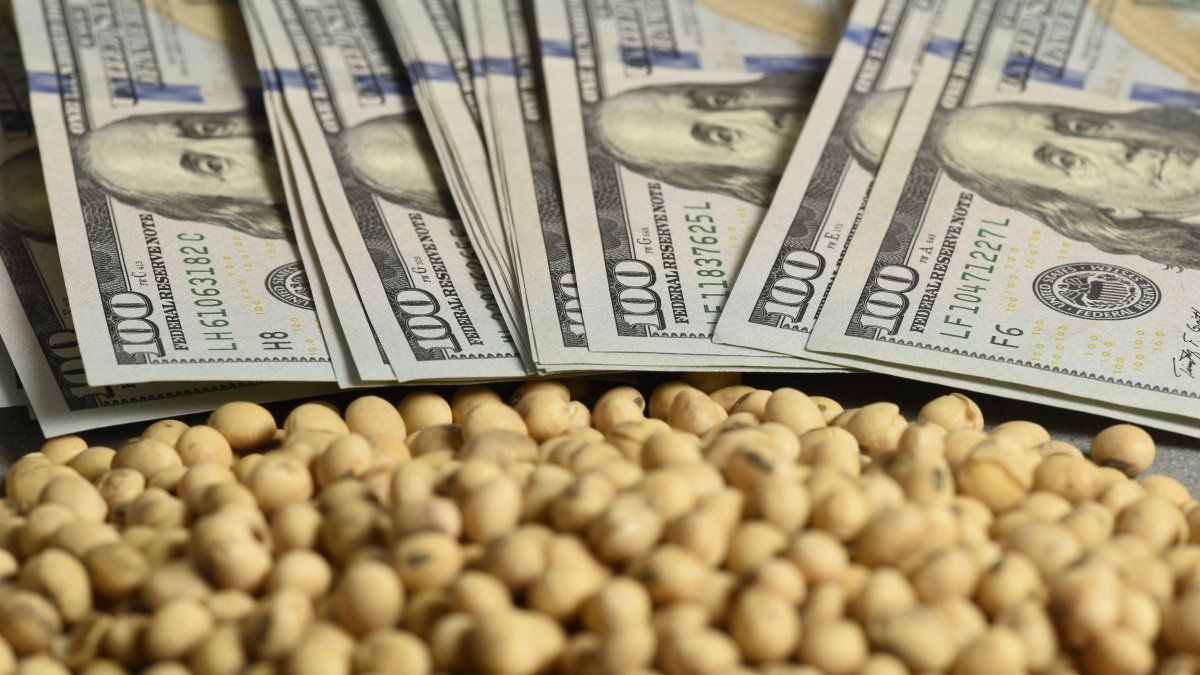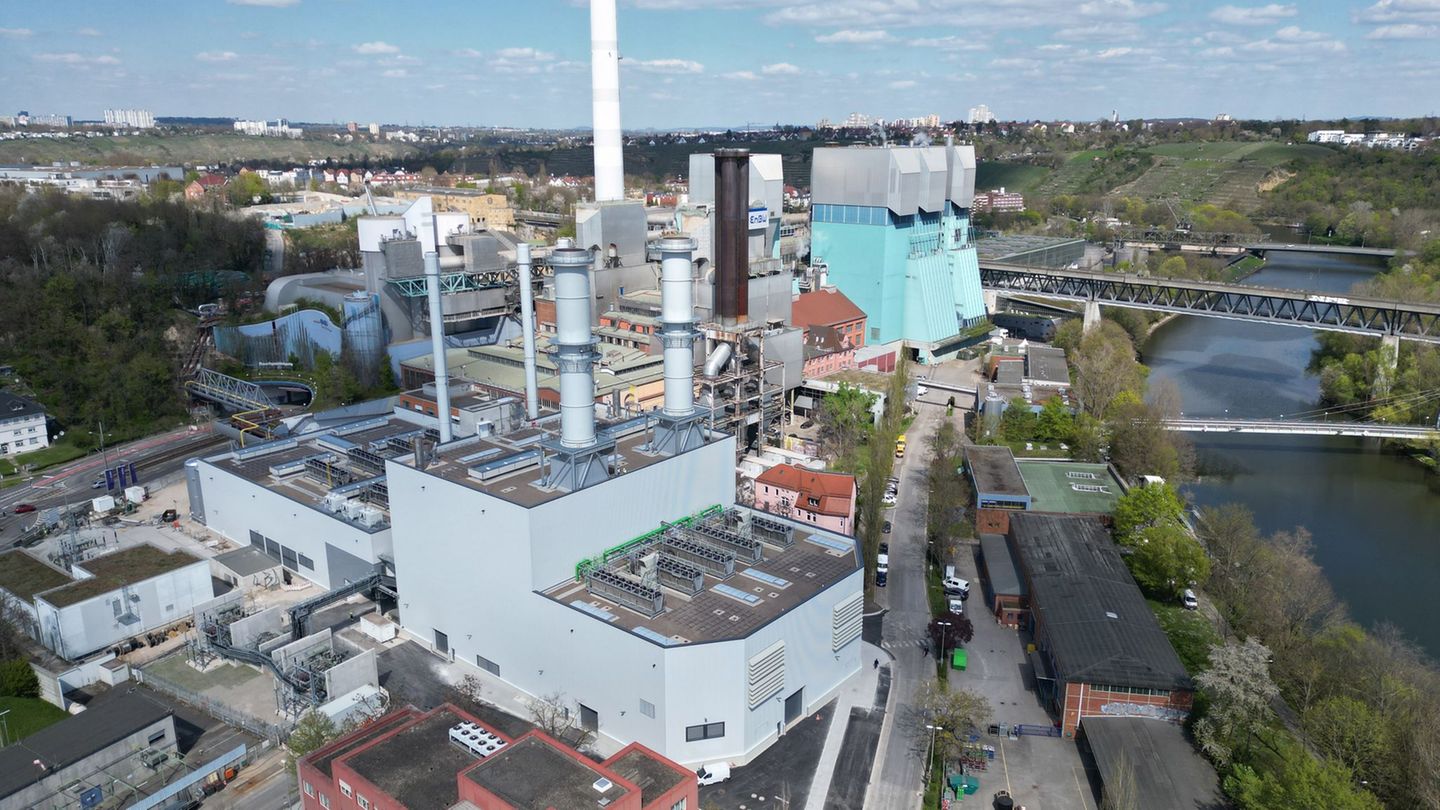Pore participation in exports is the highest since 2018. Meanwhile, food imports grow. There is concern in governors and movements in Congress.
The loss of competitiveness It was shot in the last year and the changes in the incentives lead to a higher level of Primarization in the economywhich is also reflected in the agroindustrial sector. SOJO PORTO exports already represent 16.4% of the total and is the highest participation of exports without added value Since the 2018/2019 campaign. The industrialization of barley also falls to historical floors and There is concern for regional economies. The importation of foods that occur in the country grows, governors are already alert to the loss of employment and want to take that agenda to Congress.
The content you want to access is exclusive to subscribers.
Even when part of the 2024/2025 commercial campaign remains, the registered soybean exports reached 8.3 million tons, according to a report by the RIA Consultant to which he agreed Scope. In percentage terms, it is already equivalent to 16.4% of the production and according to the head of the firm Javier Preciado Patiño “is the highest participation of exports without added value From the 2018/19 campaign ”.


Screen capture 2025-08-20 at 10.56.40a. m.

Sector sources consulted by the field indicated that Among the reasons are changes in global trade due to tariff war, competitiveness problems and differential reduction between by -products and beans. Before the reduction of retentions, that differential was three points and now 1.5. Ria’s report explains that this differential actually operated as a mirror of the largest tariffs that importing countries carry oil and flour.
The primaryization phenomenon is also seen in other crops. In the case of the beer barleyindustrialization fell 17% in the first half of 2025 compared to 2024 and 20% in relation to the average of the last five years. It is the lowest processing volume since 2014 and agrees with a collapse of internal beer consumption linked to the fall of purchasing power. Malta exports also deteriorate 19%.
Screen capture 2025-08-19 at the (s) 4.44.17p. m.

Political impact
As he could know scopethe report reached the offices of legislators representing the provinces With strong productive anchor. It is an issue that worries the governors of the core zone. Especially for the loss of employment and spill on the local productive network that reprimand can generate.
The average of 2019 to 2025 shows that 66% of barley is exported without adding value at source. In the case of corn it is 63%; In wheat, 57%; In soybeans, 11%; and in the case of sunflower it reaches 4%. A few years ago the Argentine Agroindustrial Council promoted a proposal that seemed to have enough consensus to add value to crops. He could not or did not want to move forward and now the government seems to get away from any industrial policy.
The sources consulted did not rule out that there are movements in Congress. The issue would begin with informative meetings to install the issue, but do not rule out that if the phenomenon arises any initiative to try to reverse it. A problem with the governors today would configure a political risk, given the few legislative margins that the government has.
Food imports grow
In the same way, RIA’s report warns about another complex phenomenon for regional economies: growth in food imports. This week, July data will be known, but in June they showed a rise of 131%, always referring to sectors that have local production.
In the case of leans the jump reaches 1,544%the imports of the elaborate tomato grew 369%, in the carrots the accumulated rise is 216%. Then other cases appear such as oranges, onions and even industrialized products such as the yerba mate and the most recent: The meat vaccine with imports that grow at a rate of 1905% between January and June of this year.
In this case, Exchange appreciation, the elimination of commercial and health controls influence the deterioration of local production. According to the traffic light that Coninagro elaborates, nine regional economies have strong falls (red), seven show alert signals (yellow) and only three are in positive (green).
Source: Ambito




